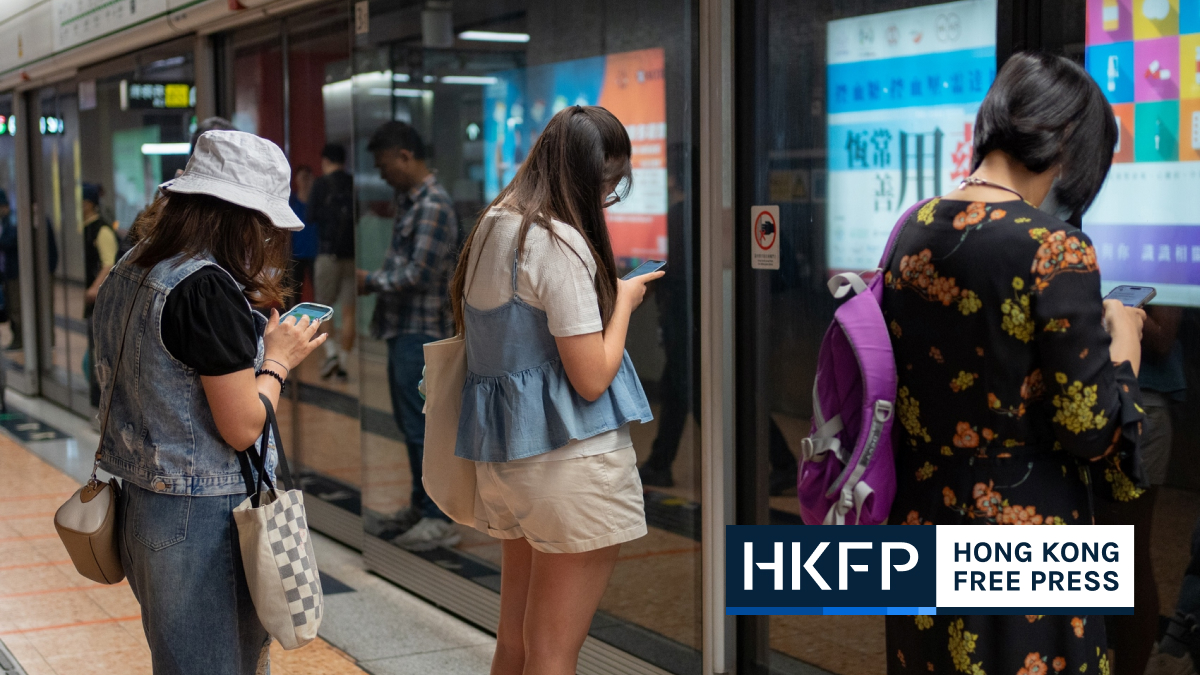Hong Kong’s HK$5.9 billion M+ modern art museum opens to the public Friday, after years of delays and despite concerns over shrinking artistic freedoms in the city in the wake of the national security law.
M+ has been touted as a milestone in the government’s HK$20 billion-plus West Kowloon Cultural District development, intended to create Asia’s leading arts hub on land reclaimed from the harbour.
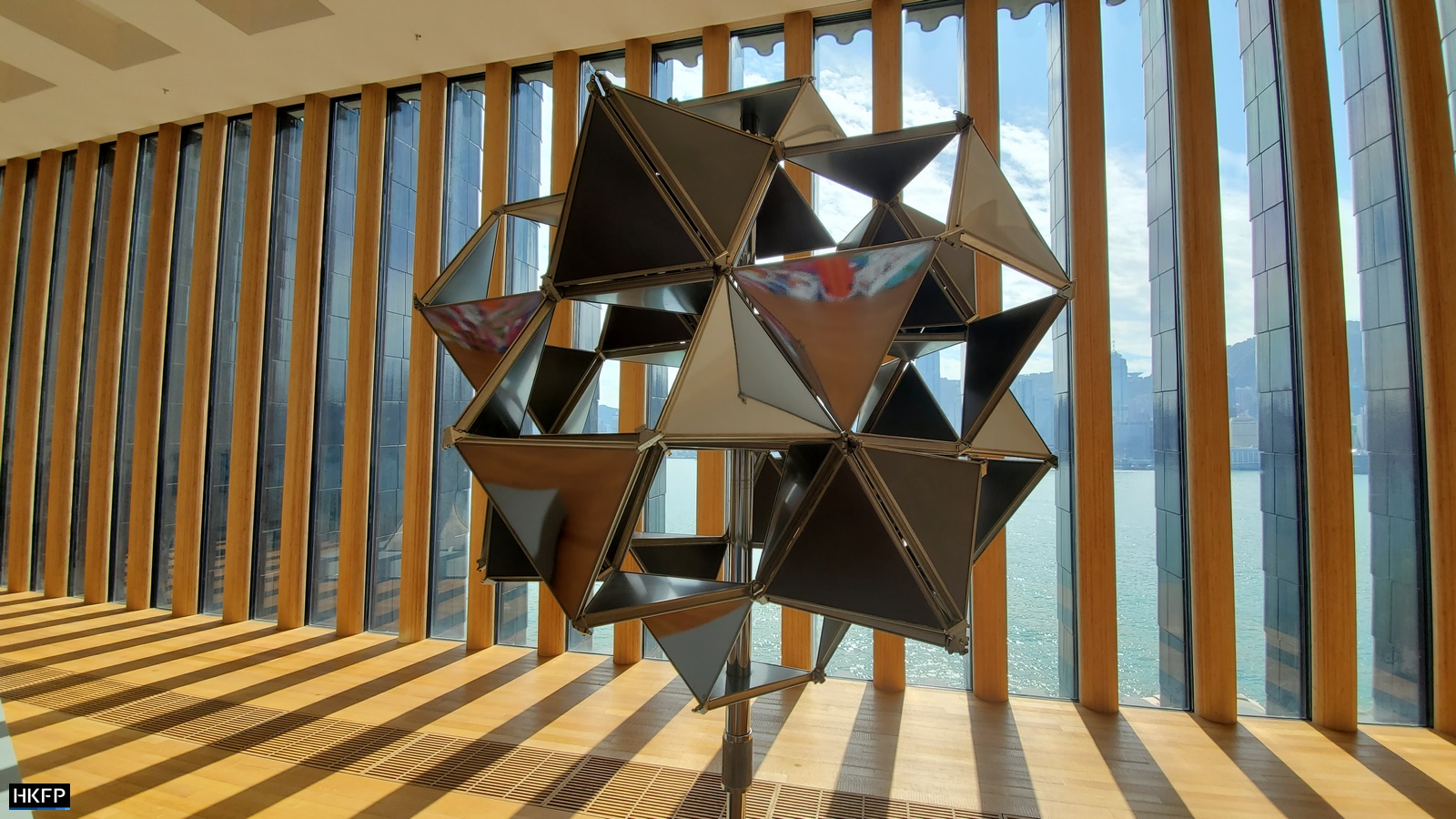
The museum aims to showcase 20th and 21st century modern art, design, architecture and moving images from Hong Kong, Asia and beyond.

Established in 2012 but conceived over two decades ago, M+ has collected 50,000 art pieces in its archives involving 777 artists from 35 countries.

Hongkongers make up 136 of the artists in the collection, whilst 76 per cent are Asian.

The 65,000 square-metre building features 33 galleries across 17,000 square metres of exhibition space.
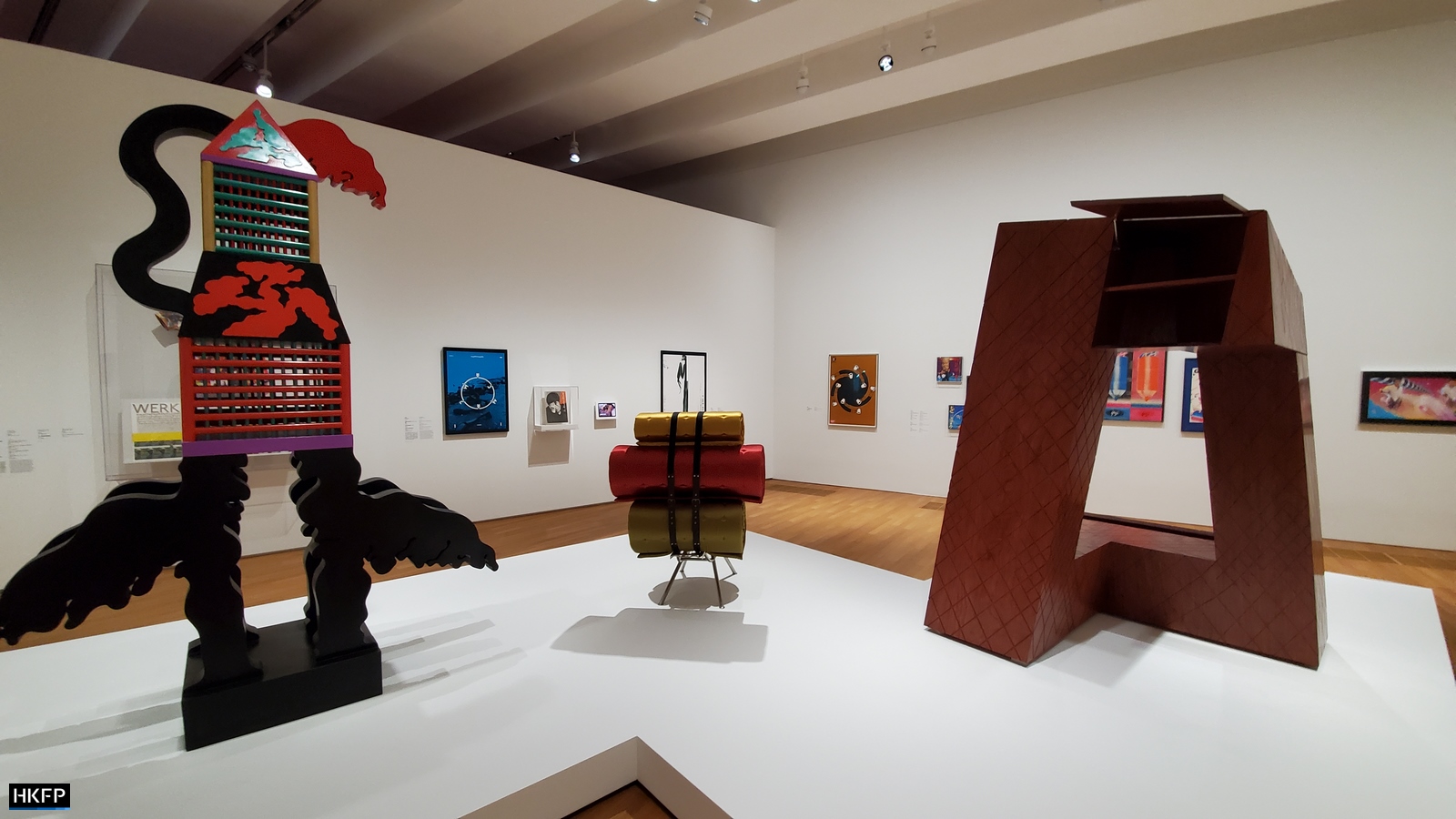
It houses three cinemas, a learning hub, research centre, office spaces and a rooftop garden with views of the harbour.

Sat facing Hong Kong’s Victoria Harbour, the 18-floor museum was designed by Herzog and de Meuron in partnership with TFP Farrells and Arup.

Notably, “Found Space” – in the basement – includes cavernous concrete structures designed around the MTR tunnels beneath the building, whilst bamboo furniture near the reception and wet market-inspired lighting are a nod to Hong Kong’s visual culture.

Highlights of the collection include Asian Field, a 2003 work by British artist Anthony Gormley. Thousands of small clay figurines, created by villagers in China’s Guangdong, fill one of the rooms at the museum.

“Looking across the sea of figurines, you may feel thousands of eyes gazing back at your. As such, Asian Field confronts us with what it is to be part of a collective humanity and what it is to encounter a form of ourselves, crafted from the earth beneath our feet,” a press statement said.

Another highlight is Young-hae’s Crucified TVS – Not a Prayer in Heaven. A crucifix formed from five digital displays is hung inside a concrete-clad gallery, splashed with fast-moving slogans, colours and patterns.

One unusual exhibition is an entire sushi bar – a 1998 work by Japan’s Shiro Kuramata: “Beautifully encompassing the designer’s explorations of material, form and the conceptual understanding of objects and spaces, Kiyotomo was a fully functioning sushi restaurant in Tokyo’s Shinbashi district until its shuttering in 2004. It has remained empty ever since. Now deinstalled from its original location, the entire space, including interior finishes, furnishings and exterior façade, will be preserved…” M+ said on Facebook.
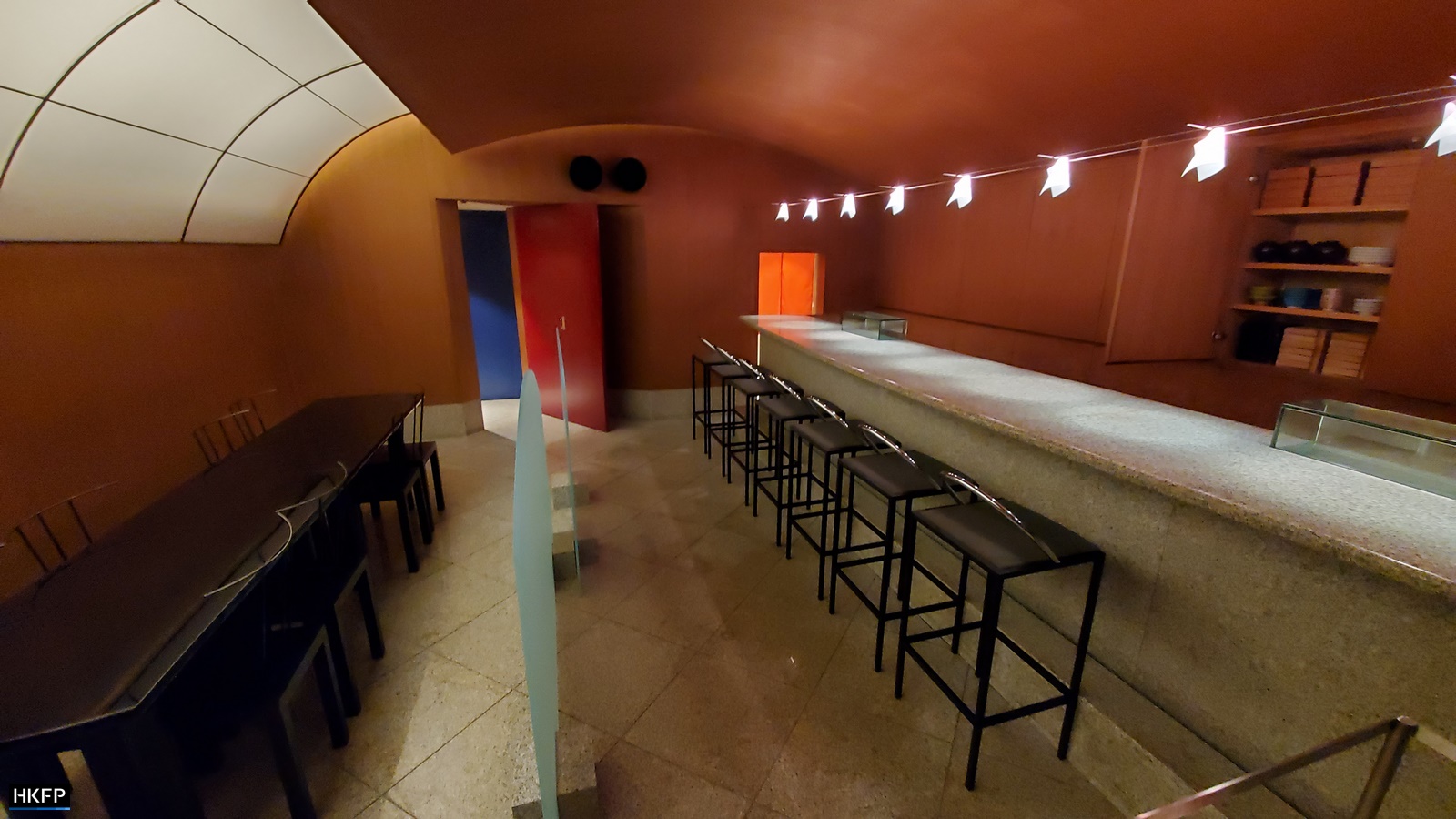
Hongkongers may also recognise graffiti from the late Tsang Tsou-choi who dubbed himself the “King of Kowloon” – calligraphy scrawled on a Kowloon map is among the exhibits secured by the museum.

Famous photography from the late German photographer Michael Wolf is also on display – Architecture of Density highlights the repetition, patterns and form of the city’s packed housing estates.
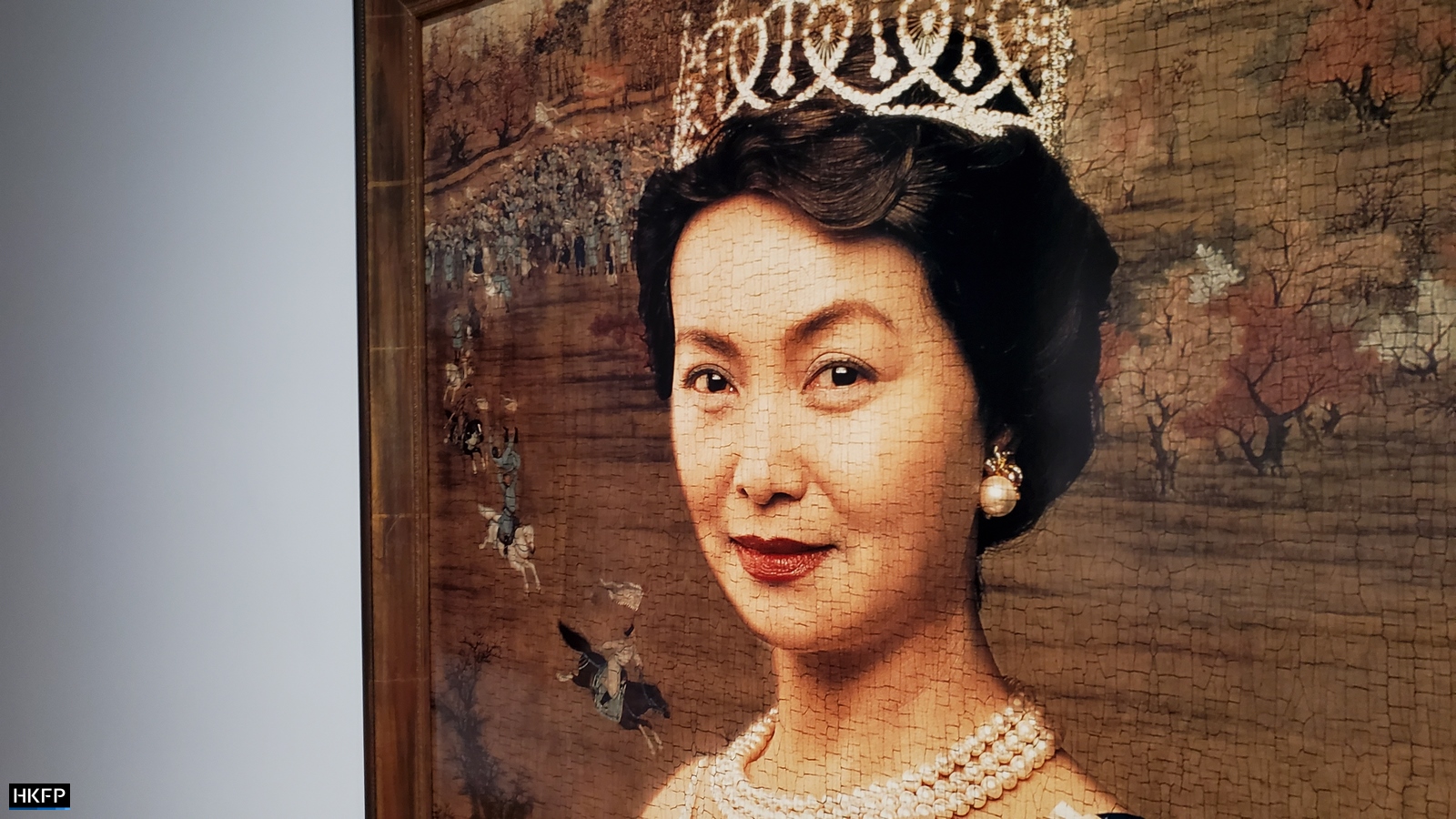
And Domestic Transformer by architect Gary Chang involves movable stainless steel walls and multifunctional furniture – an experimental solution to Hong Kong’s ever-shrinking residential apartments.

Censorship concerns
The museum has faced accusations of censorship after it emerged that Study in Perspective: Tian’anmen by Chinese dissident artist Ai Weiwei would not be displayed.

It remains “under review” by M+ and has been replaced with a logo on their website. The photo shows the artist displaying a middle finger in Beijing’s Tiananmen Square.

See also: Hongkongers are on the right side of history, says artist Ai Weiwei – ‘I am very proud of them’

When asked by HKFP if the museum could be compared to London’s Tate Modern in that works from the most famous living Chinese artist Ai Weiwei were being censored, Chair of the West Kowloon Cultural District Henry Tang said that M+ must comply with the law.

“In order to lay the foundation – the opening of M+ does not mean that artistic expression is above the law, it is not,” Tang said.

He added that, with regards to MoMA, New York, they likely have art which is not “politically acceptable” to display. “For example, whether it’s racially incorrect, or whether it is an oppression of some sort, or a coloured race… every society [does] have certain evolutionary values.”

The display of racist artwork in the US is not unlawful.

Despite the concerns, other works by Ai – now based in Portugal – are part the M+ opening exhibition, including Whitewash and Chang’an Boulevard (2004).
And a version of an image from the 1989 Tiananmen Massacre can be viewed publicly in the M+ Sigg Collection. Wang Xingwei recreated Lui Heung Shing’s photo of the aftermath, substituting injured protesters with penguins in a satire entitled “New Beijing.”
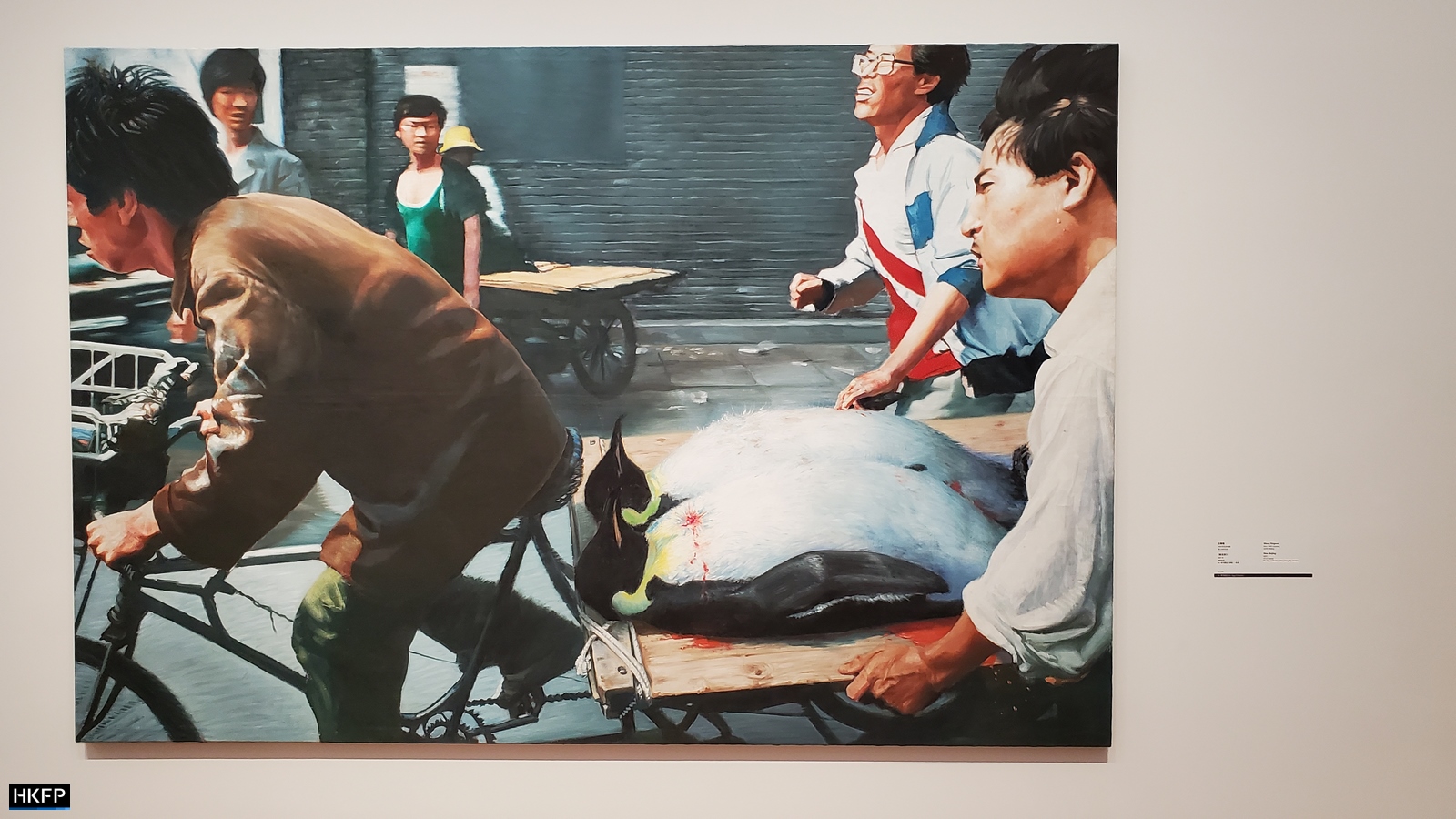
Meanwhile, piece called Paddling Home by Hong Kong activist artist Kacey Wong, now in self-exile in Taiwan, is on display.
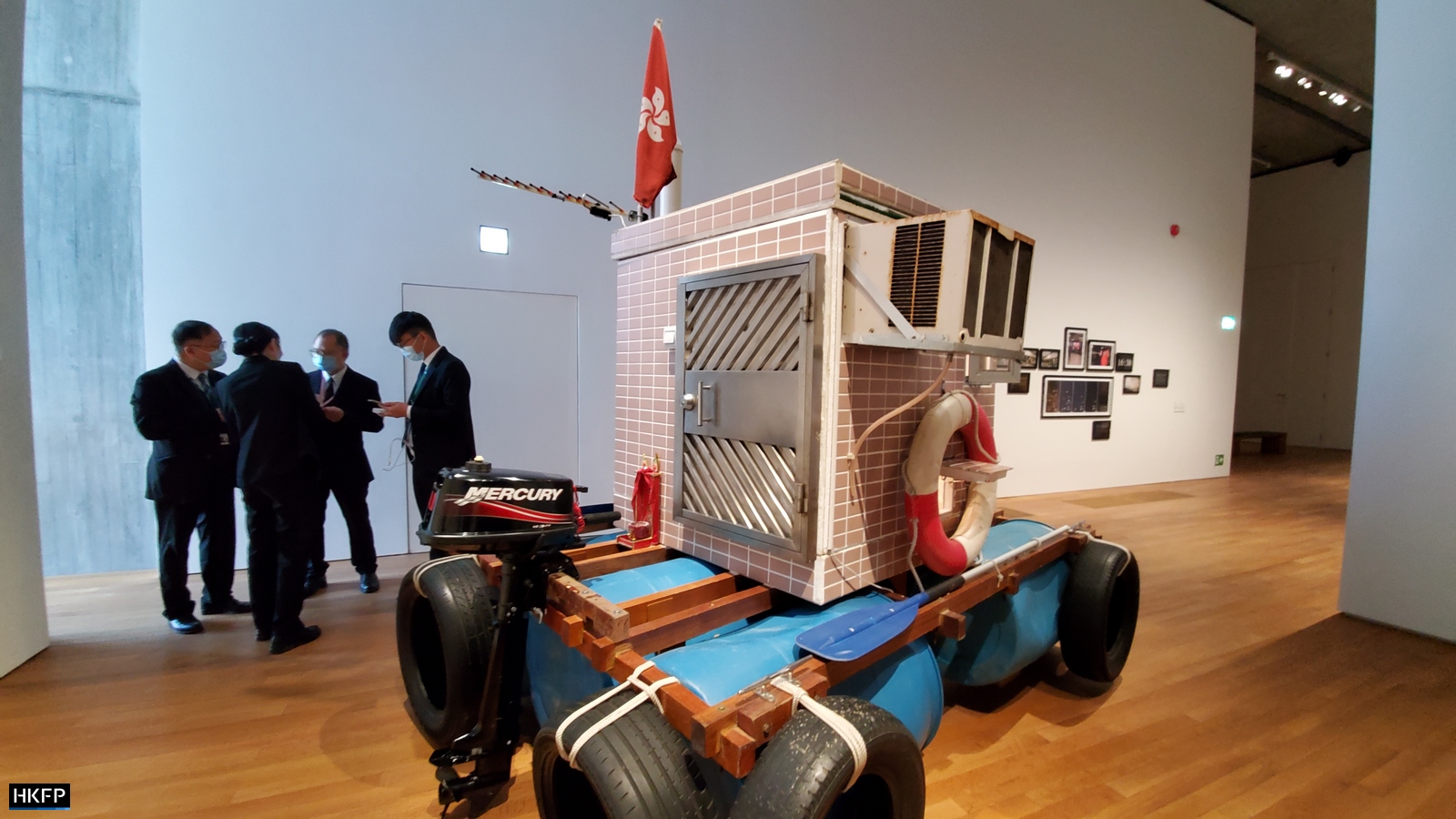
When shown a picture by HKFP, Wong said via text message: “My uniform like my skin hung on the wall, the artist that slip away.”
in March, Chief Executive Carrie Lam – who officially opened the museum on Thursday afternoon – vowed to be on “full alert” against artwork displays deemed to be endangering the city’s national security in government-funded spaces.

“We have to respect the freedom of artistic expression but I’m sure staff [at art and cultural centres] are able to tell… whether pieces are meant to incite hatred or to destroy relations between two places and undermine national security,” she said at the time.

The increased scrutiny on the city’s arts and cultural sector follows moves by authorities to crackdown on all political dissent under the Beijing-imposed national security law passed last summer.
M+ will be open daily, except on Mondays, from Friday. Hours are 10am-6pm, though it remains open until 10pm on Fridays. Admission is free for the first year. Book online.
Support HKFP | Policies & Ethics | Error/typo? | Contact Us | Newsletter | Transparency & Annual Report | Apps
Help safeguard press freedom & keep HKFP free for all readers by supporting our team

LATEST FROM HKFP
HKFP has an impartial stance, transparent funding, and balanced coverage guided by an Ethics Code and Corrections Policy.
Support press freedom & help us surpass 1,000 monthly Patrons: 100% independent, governed by an ethics code & not-for-profit.








